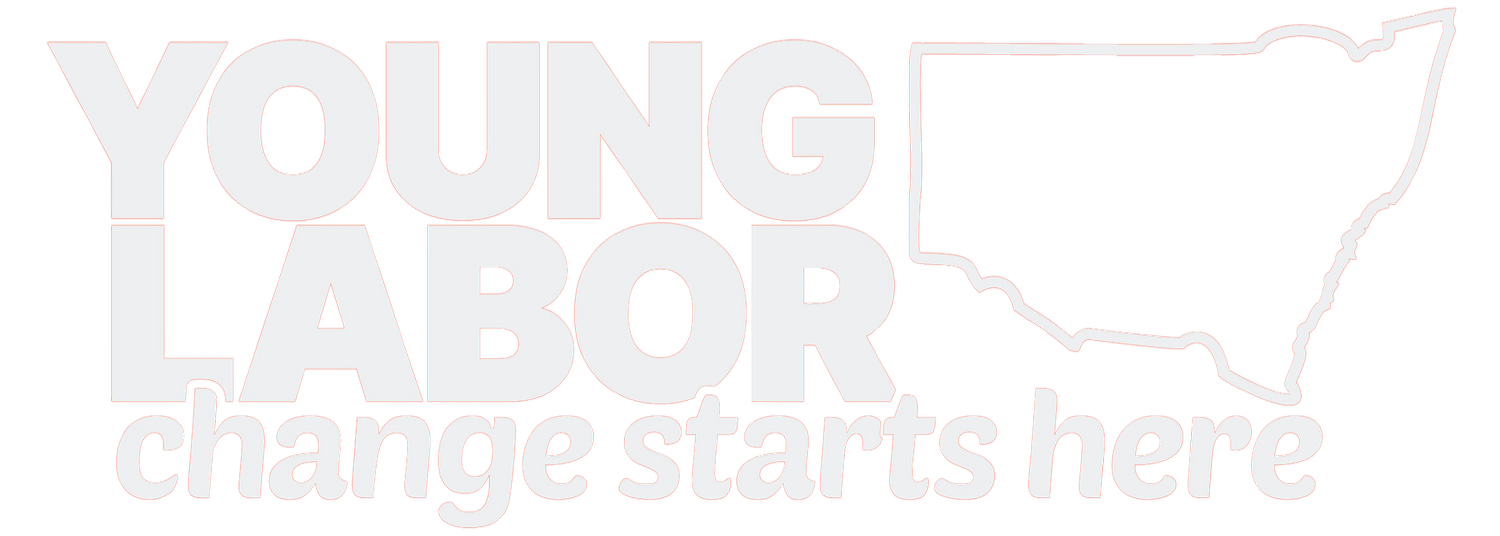Our sustainable future
Shadow Treasurer Jim Chalmers is right - its not too early to start thinking about Australia after the COVID-19 crisis.
The public health emergency of COVID-19 has been unexpected, disruptive, and life-changing. Many young people are now without work, our education has been postponed or vastly changed, and some young people have themselves or know someone who has unfortunately fallen ill to COVID-19. It was of course necessary to make changes to our lifestyle to stop the spread of COVID-19 and protect public health. However, young people will have to carry the economic impacts of this well into their working lives.
The unemployment rate for for 15-24 year olds is currently sitting at 12.2 per cent and is set to skyrocket. Economic downturns have historically stuck longer with younger people, as we saw following the early 1990s recession, and this economic downturn will impact young people for a much greater period than the rest of the working population.
Chalmers recognised in his piece to the Guardian on 1 April that the “immediate economic priority is triage” - and asked that “neoliberalism has failed, but what comes next? Where will er start again?” There is no doubt that we need fresh ideas to rebuild our fragile economy.
Levels of carbon emissions and atmospheric pollution have fallen measurably since the global community introduced measures to curb COVID-19 infection rates. A sharp decrease in aviation and petroleum product consumption is contributing to this. The only time carbon emissions have decreased in the past century is during global economic crises, but the reduction is emissions will not continue once self-isolation measures are lifted.
The artificial bubble of reduced carbon emissions that COVID-19 has created offers is an opportunity to demand that the Government takes action to create a reduction of real carbon emissions levels, by creating stimulus packages designed to build sustainable industries.
Building sustainable industries does not just mean manufacturing solar panels. It also means constructing new public transport infrastructure, working with the agriculture industry to adopt new technologies, breathing life into a new Australian manufacturing industry, transforming our tourism industry, generating change in our energy and utilities industries, and much more.
Government stimulus to revitalise the economy post-COVID-19 must consider the long-term prospects of sustainable industries. Young people must be the workers being educated and trained in these growing industries, to fully utilise the longevity of both the sustainability industry and the working lives of young people, to create a stronger economy.
By investing stimulus spending in sustainable industries and focusing job growth in these industries to young people, we can address the long-term economic and unemployment implications that COVID-19 will have for young people, in a way which will make the greatest holistic contribution to our economy and society.
